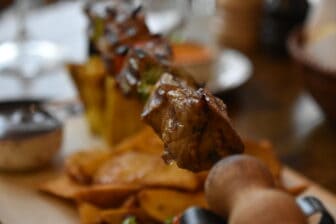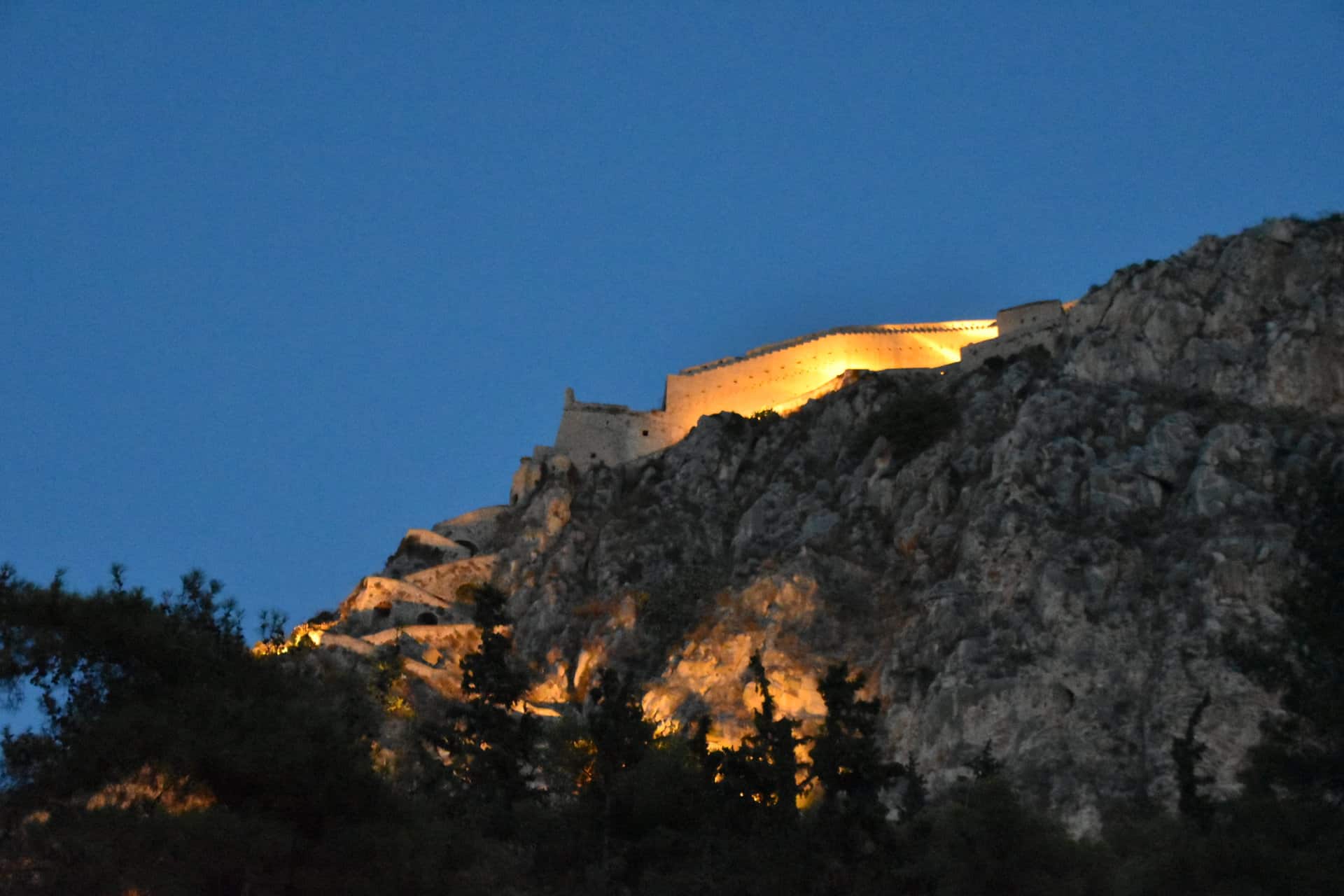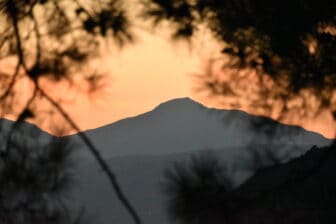
[ Sept.2019 ] On the morning of the next day, we visited main places in the historical old town in Rhodes Town in Rhodes, Greece.
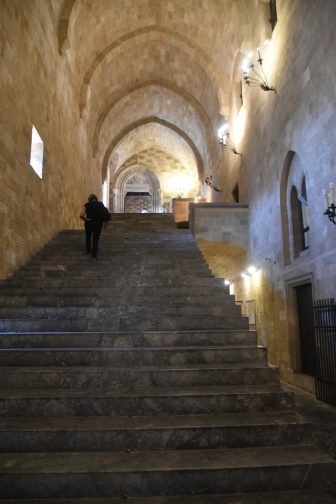
It just so happened that this weekend was “Tourist Day”, so we could visit places free as well as some places which are usually closed to the public.
This event is called “Open Doors” which is led by the EU.
We came across this event once in London, too.
First, we went to see the Palace of the Grand Masters, which was recommended by the tourist office.
We entered there free.
Grand Masters of the Knights of St. John, who were elected by the members of the Order, lived and worked here during the time of the Knights’ rule between 1309 and 1522.
They ruled not only Rhodes, but most of the islands in Dodecanese.
This palace was built in the 14th century.
The Knights of St. John was jumble of noble people from Europe and consisted of 7 “Tongues”, Provence, Auvergne, France, Italy, Aragon, England and Germany and each of them had an “Inn”.
The Grand Master held his office for life and there were 19 Masters during the period of their ruling, of which 14 were French.
All their documents were written in Latin, but their official talking language was French.
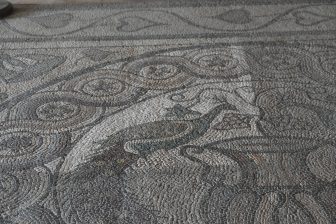
It seems that it was the French dominated organisation.
When they were ruling, Rhodes developed as the hub of East and West trading and maritime contacts.
Many commercial companies and banks from Italy, France and Spain had offices here.
After Turks conquered Rhodes in 1522, this palace was used as a prison.
It was suffered from the earthquake in 1851 and damaged badly in 1856 when a gunpowder magazine was struck by lightening, but restored by Italians who occupied the islands between 1912 and 1943.
Now, on the first floor where we went up through the large staircase, there were various mosaics on the floors, which the Italians had brought from Cos Island which is north of Rhodes.
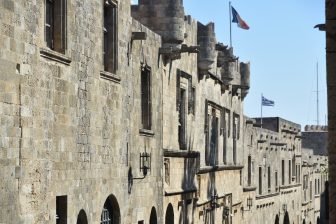
I cannot remember his name, but a young Italian scholar who died at the age of 34 collected these mosaics.
He was apparently very good at depicting mosaics.
After the palace, we walked down the slope called Ippodon, the Street of the Knights.
It was a dignified street and on the both sides there were the ‘Inns’ of each ‘Tongue’.
Those ‘Inns’ were closed, but the French Inn was holding a kind of exhibition, so we could peek in there.
To be honest, nothing surprised me there but according to our guidebook, this Inn of France is the finest building in the city of Knights.
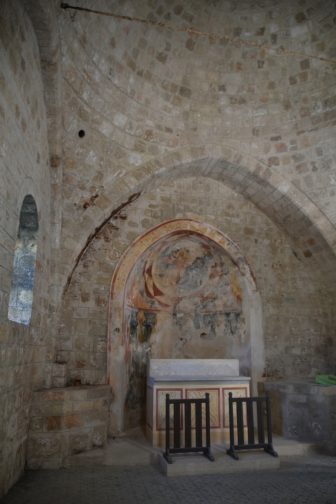
Also we could enter Holy Trinity in the Knights’ Street, thanks to the “Open Doors” event.
It was a small Catholic church and they think it was built sometime between 1365 and 1374, according to the information board there.
It said that originally it belonged to the Knights of Tongue of England, but transferred to Tongue of France in the 15th century.
The frescoes in the church was painted in the late 15th century to the early 16th century.
By the way, the Knights of St. John were kicked out of Rhodes in 1522 and after that they moved to Sicily.
And the king of Sicily rented Malta to them, so they settled there.

